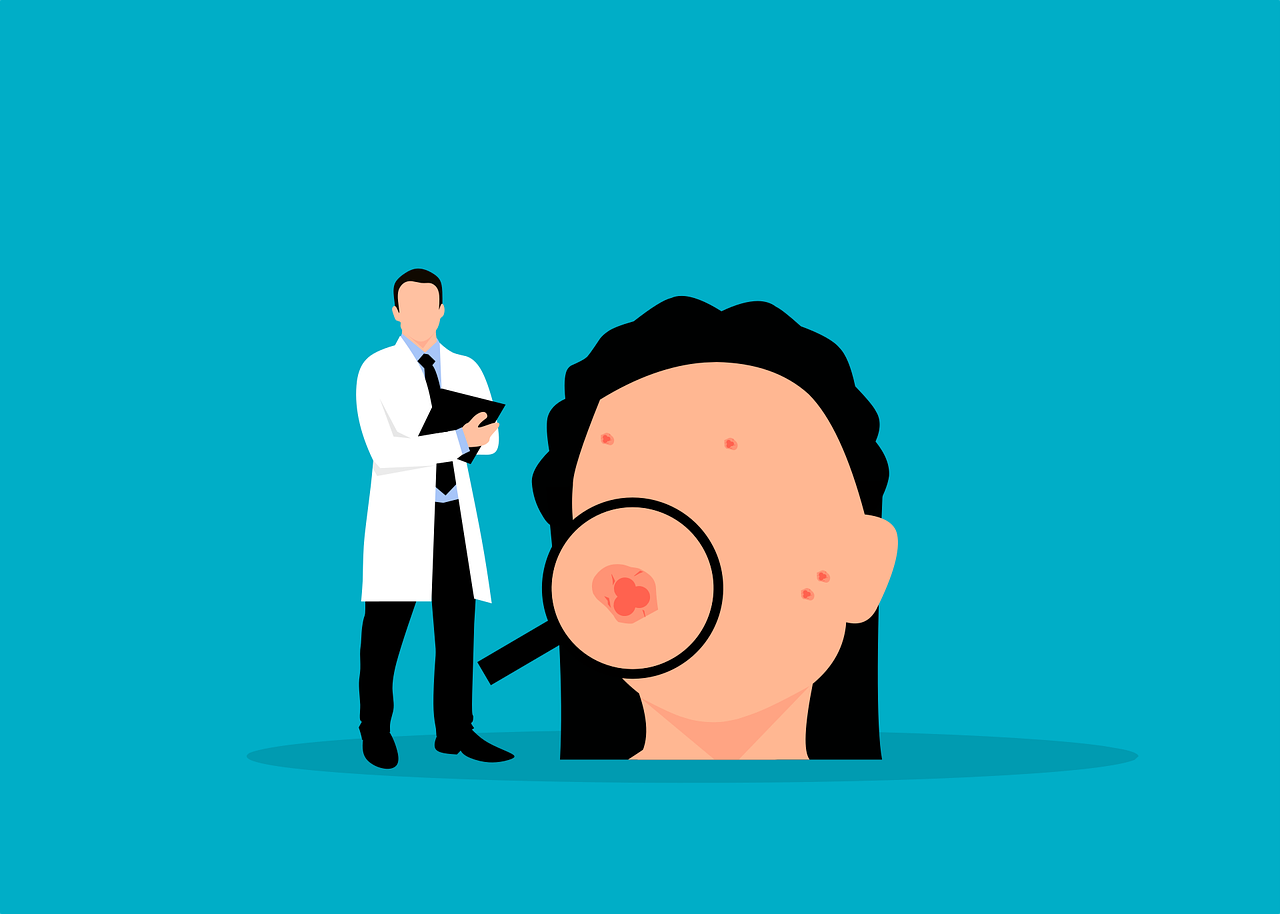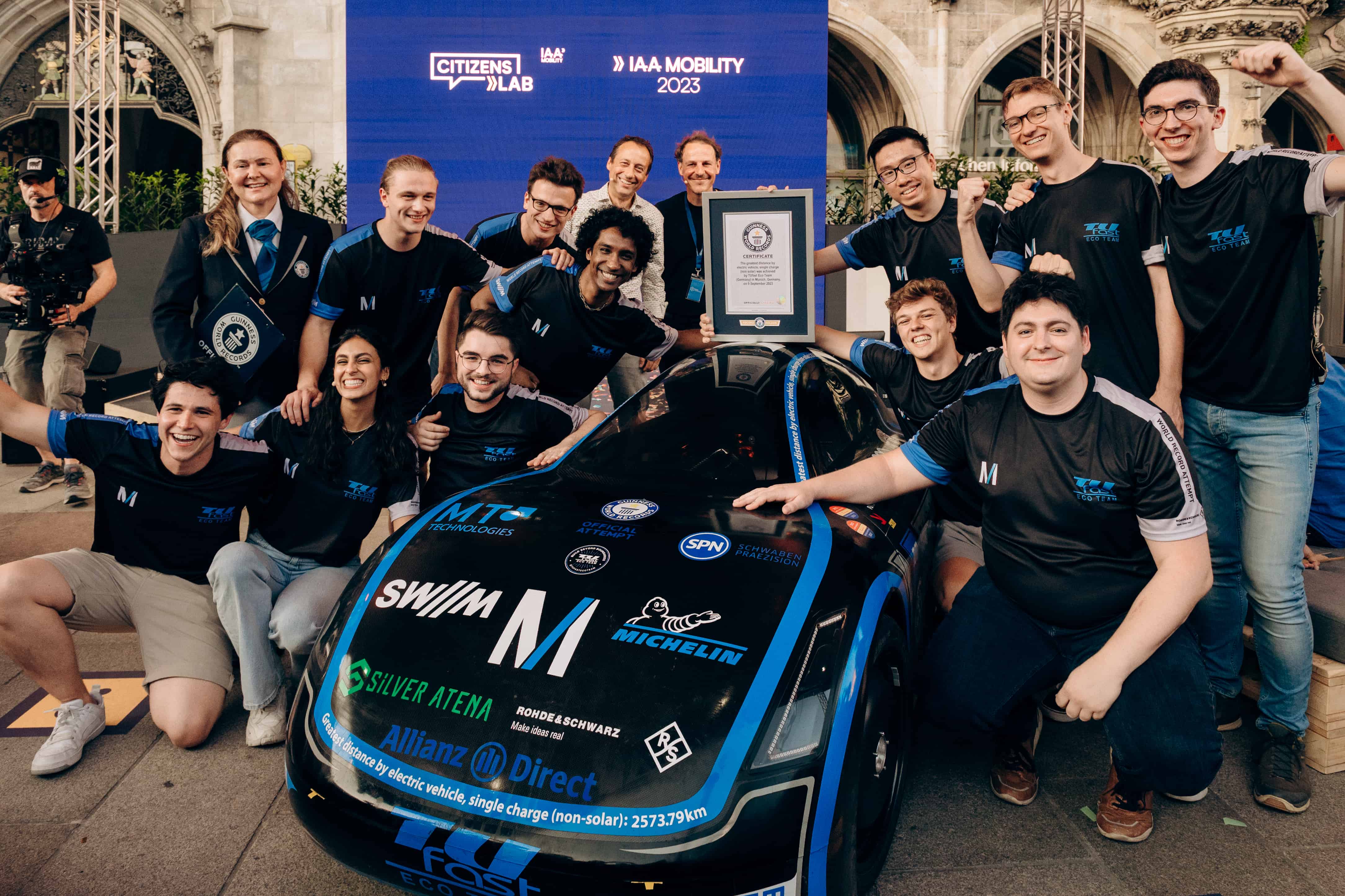
Many people worldwide suffer from skin diseases. For diagnosis, physicians often combine multiple information sources. These include, for instance, clinical images, microscopic images and meta-data such as the age and gender of the patient. Deep learning algorithms can support the classification of skin lesions by fusing all the information together and evaluating it. Several such algorithms are already being developed. However, to apply these learning algorithms in the clinic, they need to be further improved to achieve higher diagnostic accuracy, writes the Technical University of Munich in a press release.
New data fusion method improves diagnostic accuracy
A research team led by PD Dr. Tobias Lasser from the Munich Institute of Biomedical Engineering (MIBE) at the Technical University of Munich (TUM) has now developed a new learning algorithm – FusionM4Net – that displays higher average diagnostic accuracy than previous algorithms. The code for FusionM4Net is freely available (https://ciip.in.tum.de/software.html). The new algorithm uses a so-called multi-modal multi-stage data fusion process for multi-label skin lesion classification.
- Multi-modal: The learning algorithm includes three different types of data: Clinical images, microscopic images of the suspicious skin lesion, and patient metadata.
- Multi-label: The researchers trained the algorithm for multi-label skin classification, i.e. it can differentiate between five different categories of skin lesions.
- Multi-stage: The new algorithm first fuses together the available image data and then the patient’s metadata. This two-stage process allows image data and metadata to be weighted in the algorithm’s decision-making process. This distinguishes FusionM4Net considerably from previous algorithms in this field, which merge all data at once.
To evaluate the diagnostic accuracy of an algorithm, it can be compared to the best existing classification for the used dataset, for which the value 100 percent is assigned. The average diagnostic accuracy of FusionM4Net improved to 78.5 percent through the multi-stage fusion process, outperforming all other state-of-the-art algorithms with which it was compared.
Working towards clinical application
To foster reproducibility, a publicly available dataset was used to train the algorithm. However, in dermatology, datasets are not standardized everywhere. Depending on the clinic, different types of images and patient information may be available. Thus, for actual clinical deployment, the algorithm must be able to handle the type of data that is available at each specific clinic.
Together with the Department of Dermatology and Allergology at the University Hospital of LMU Munich, the research team is working intensely on making the algorithm operational for future clinical routine. To this end, the team is currently integrating numerous datasets that have been standardized for this clinic.
“Future routine clinical use of algorithms with high diagnostic accuracy might help ensure that rare diseases are also detected by less experienced physicians and it might mitigate decisions affected by stress or fatigue”, says PD Dr. Tobias Lasser. Thus, learning algorithms could help improve the overall level of medical care.
Also interesting: Your own skin as a running coach
Selected for you!
Innovation Origins is the European platform for innovation news. In addition to the many reports from our own editors in 15 European countries, we select the most important press releases from reliable sources. This way you can stay up to date on what is happening in the world of innovation. Are you or do you know an organization that should not be missing from our list of selected sources? Then report to our editorial team.







